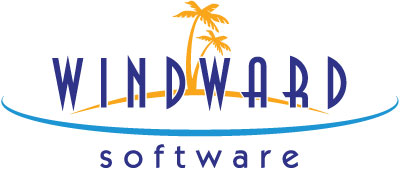
 |
|
See also: Important information on the Mark Deleted button.
The Inventory Details window shows the basic information including the part number, description, supplier, cost price, retail price and quantities in stock. Many point of sale systems stop there, but with System Five, you can click on the tabs and enter much more information about each item. The large left and right arrow buttons move you through the various windows and the small left and right arrows on the right side of the tabs at the top of the window move the list of tabs.
To access the Inventory Details window shown in Figure 1, use the following Navigator menu path:
Inventory and Purchases > Inventory> New item, complete the required fields in the Add New Part dialog box/Inventory wizard and click [OK].
OR
Inventory and Purchases > Inventory> Edit item, in the Part Find window select the desired existing inventory item.
Related topics
The Inventory Details window is the main window used for tasks in the Inventory menu. See Inventory menu - contents for all related topics.

Figure 1: The Inventory Details window
The topics detailing the window's parts are listed in Table 1. Click on the following links to understand the options available in this window's Toolbar and tabs.
|
The Glass Options tab |
|
|
The Rentals Rates tab |
|
|
The Rental Units tab |
|
|
The Units tab |
|
|
The Size Matrix tab |
|
|
The Serial Numbers tab |
|
|
The Serial Numbers tab |
|
|
The Departments tab |
The Promotions tab |
|
The Locations tab |
The Health Billing Categories tab |
|
The Inventory Dimensional Product Tab |
|
Table 1: Window parts
The Navigator buttons are shown in Figure 2:

Figure 2: The Navigator buttons
If you set your monitor to a resolution of 1024x768 or higher, the list of tabs (windows) appear on the left of the window as shown here. This 'Select' list makes it easier to navigate through the tabs or windows in the Inventory Details window.
In lower window resolution, you need to use the  buttons located in the upper right corner of the window to scroll horizontally through the available tabs.
buttons located in the upper right corner of the window to scroll horizontally through the available tabs.
This button allows you to mark the item for deletion. Note that the item is not actually deleted, but just marked that it should be deleted. If you have some discontinued items in stock, you can mark the item for deletion. The items remain in your system and show up on reports and be available to sell until the last one has been sold. Then it appears to disappear and only be available for historical purposes, such as viewing customer history or an old invoice.
It is possible to completely remove an inventory part, only if it has never been sold or ordered on an purchase order. Clicking the Delete button displays a drop down menu, as shown in Figure 3.

Figure 3: The Delete button - drop down menu
The Delete Immediately menu item is only enabled if the part has not been sold or order on purchase order. Being assigned to a unit record does not prevent the deletion of the inventory part, in that event, the link between the unit record and the inventory part is removed and the unit remains in the system.